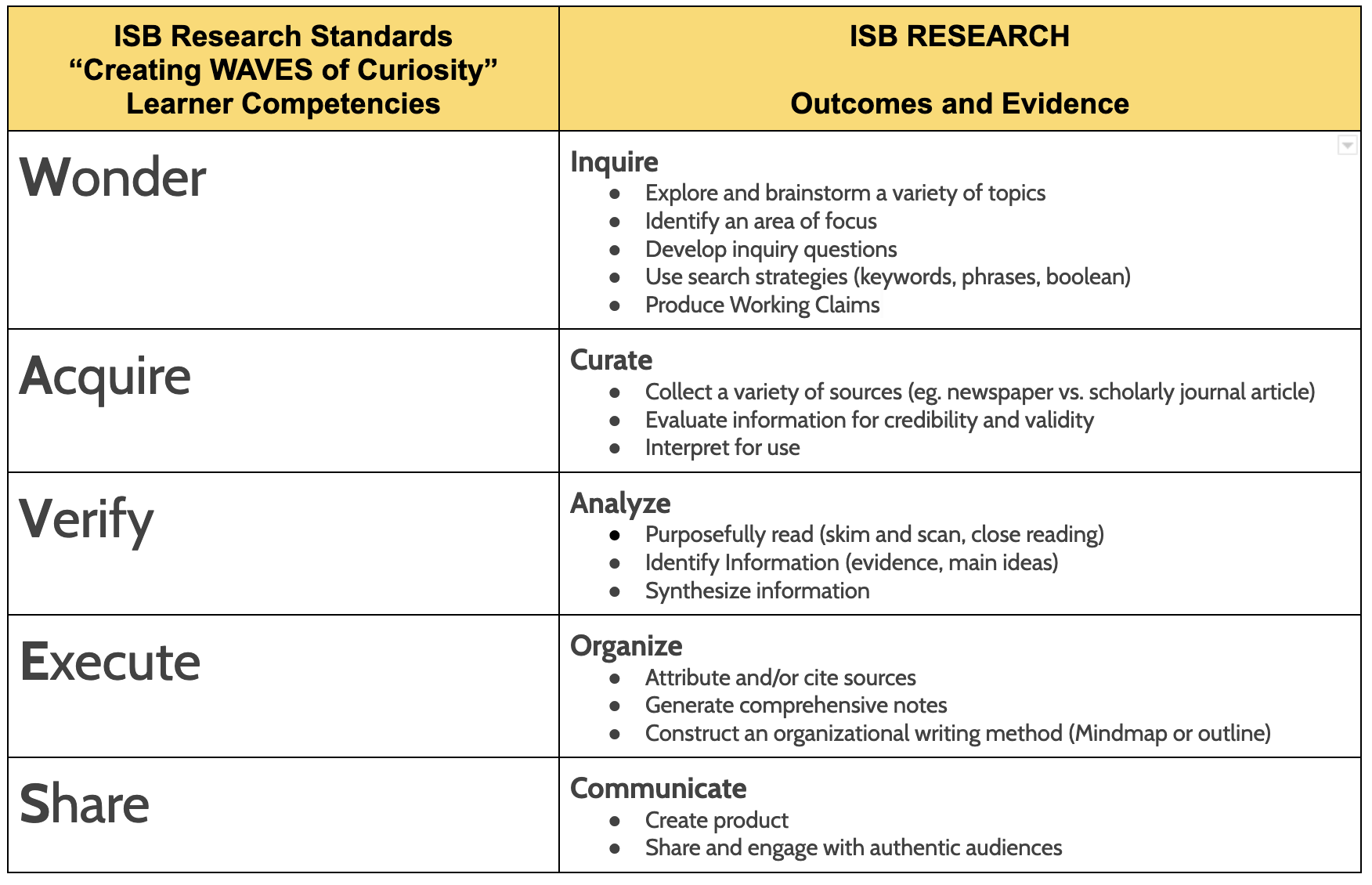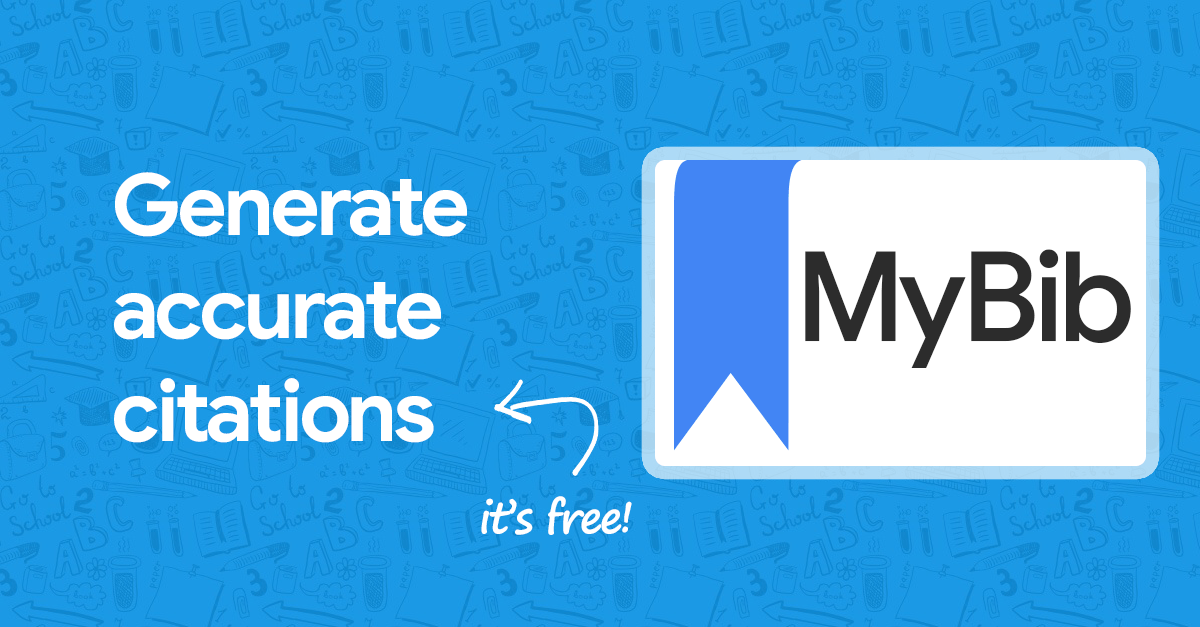
Gates Foundation Seeks Proposals to Improve Population Sustainability
(Nichada Thani, Pak Kret, Thailand) The Bill and Melinda Gates Foundation is pleased to announce its donation of $5 Billion in support of global population sustainability programs. Nations interested in competing for these funds should be prepared to make specific, detailed proposals at International School Bangkok by submitting their completed slideshow of policy proposals.
Deadline: Wed 19 Oct & Thu 20 Oct 2022
You and a partner will select a nation from a list provided and will present to the Gates Foundation a policy proposal with rationale, budget, conceptual goals, and measurable definitions of success designed to achieve a sustainable long-term population for your country.
Create and deliver a presentation that includes all required visuals. Students PRESENT this proposal equally in a professional and engaging manner. Ideas will be organized for clarity and demonstrate understanding. Information will be gathered from relevant information using a wide variety of trusted sources. You do NOT READ your presentation to the audience.
This is a speech project. Create a speech that is well rehearsed, informative, smooth, calm, and confident (8-10 minutes - can be a bit longer, but not shorter).
A minimum five - seven slide PowerPoint, Prezi, or Google presentation to support your speech (must include a final google slide of all URL / links used for research).
Objectives for this Assignment:
*Here is a sample project that fits the format requirements (please note this is unfinished).
| Elements | Details and Time Length | Requirements and Insights Int Expectations |
|---|---|---|
| Current Stage: | Using current data, what is your nation’s present stage of the Demographic Transition Model? (approx. 30 seconds) | DTM required. |
| Analysis of Dependency Ratio: | Give a history of the population trends in this country. Include the current shape of the population pyramid. Comment on this. Calculate the dependency ratio. Comment on the impact of youthful/ageing populations. (approx. 30 seconds) | Population Pyramid Required. |
| Policies up to the Present: |
What, if any, population policies has your country used in the past? Were these anti-natalist of pro-natalist? Are they mostly required policies or encouraged policies? How successful have these efforts been? (approx. 1 minute) |
Proposals in bullet point format are required. |
| Proposed Future Policy: |
Create a policy with multiple elements (you want the Gates Foundation to fund to ensure a sustainable future for the next 25-50 years). Make sure your recommendations actually change from current practice or past policies and practical for the country’s current economic and social reality. You must provide 1) a budget for your proposed program as well as 2) a date for completion and 3) a measurable definition of “success.” *This is the most important part of your project - it requires the most critical thinking, creativity, and research. (approx. 4-6 minutes) Make sure your proposed future policy has SMART goals and make them explicit (obvious) in your proposed future policy).
|
DEPTH is preferred to breadth for Proposed Future Policy. This means students should create one program, but with only one, two, or maybe three specific initiatives within their program explained in depth. Groups who just copy all of the ideas from Hans Rosling’s video on Bangladesh and “list” all the different initiatives with very little detail for each will not score well. Students who choose one, two, or at most three of the particular plans and SHOW how it should be implemented in their country, using particulars of their country, and make it a bit different and new from what is already being done (a “spin” on the current initiative for example) will be the most successful. For example, for an Anti-Natal country, a group could focus only on Promoting Girls Education, but then go into depth on the specific ways how this could be achieved in that specific country. |
| Prediction: | What may be the potential challenges and successes of your policy recommendations? This must show awareness of current events and cultural realities. Are there any moral or ethical issues to consider about these policies that are relevant to your country’s population? Also, What will happen in 5 years? 10 years? (approx. 1 minute) |
| Assessment rubric for this project | Helpful checklists for each stage |
| Sample planning document | |
| Turning research into a proposal |


MLA Handbook. 8th ed., New York, Modern Language Association of America, 2016.



Use this tool in two ways. Begin by:
IMAGES
Photos for Class - the best thing here is that the citation/credits for the photos come at the bottom of the image and avoid any plagiarism issues.